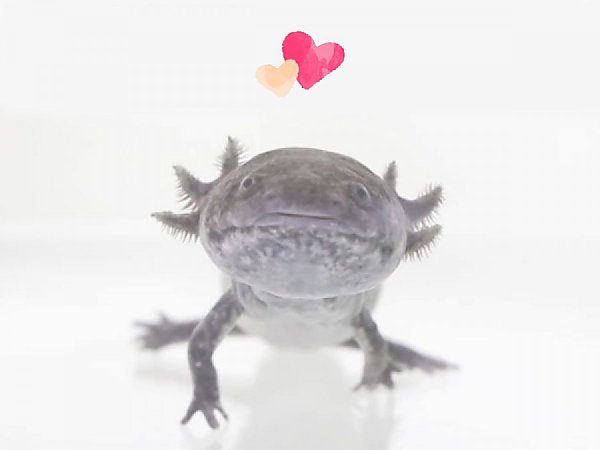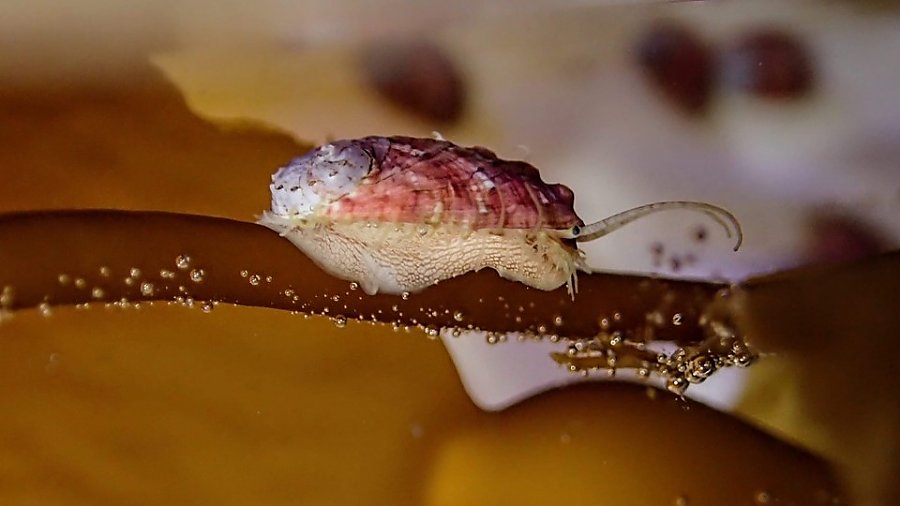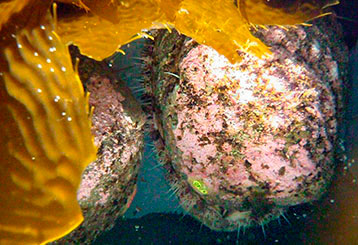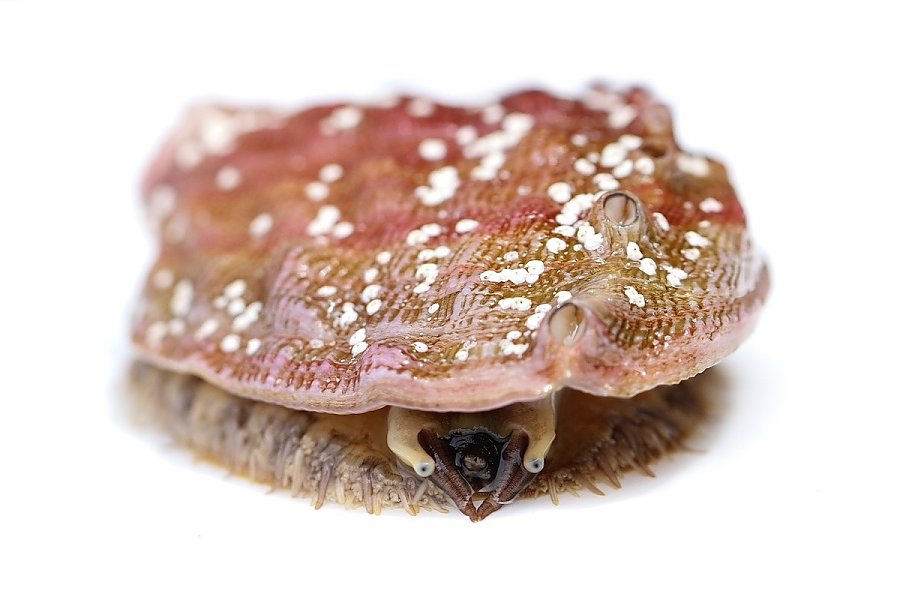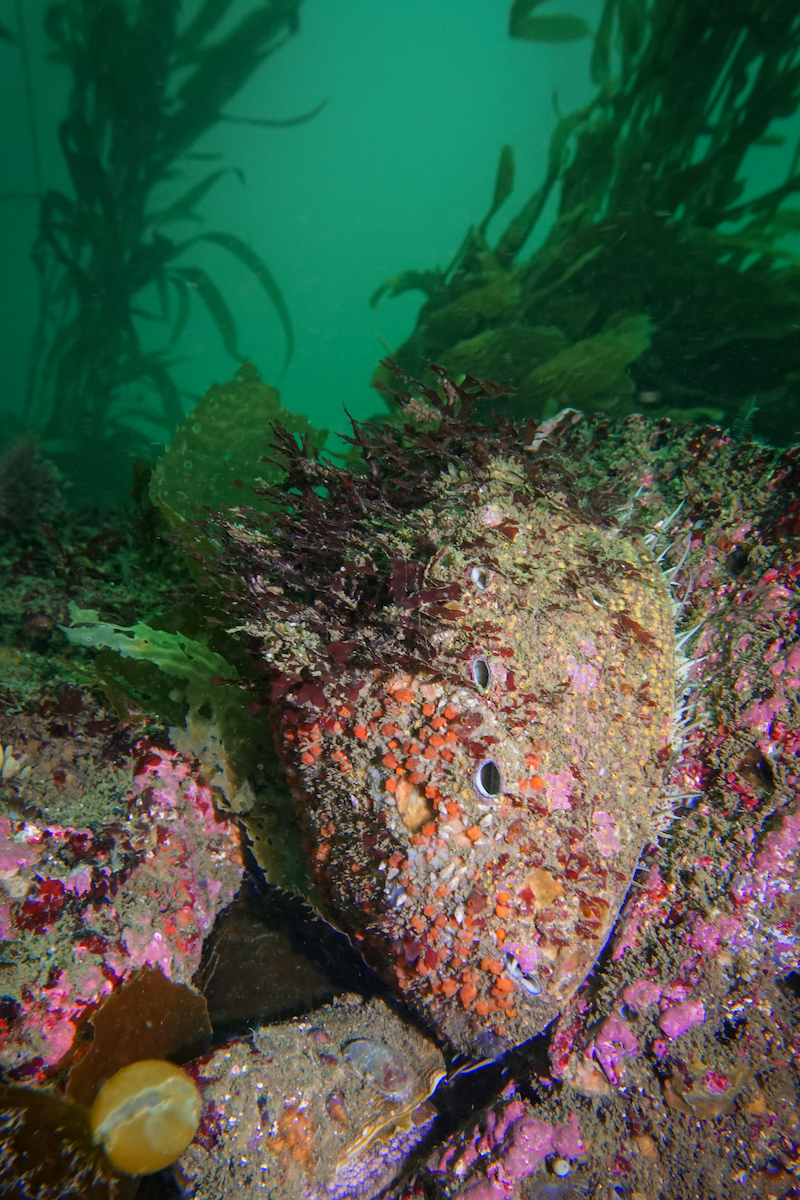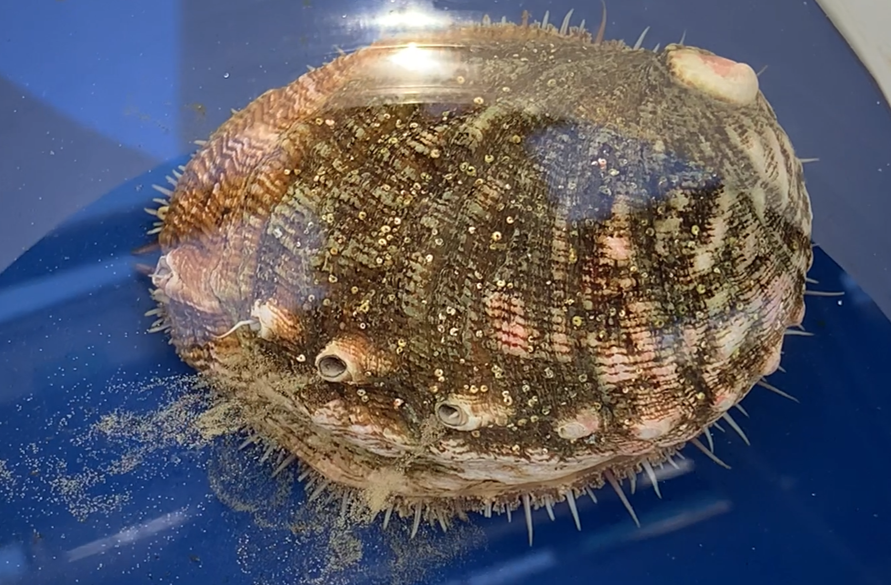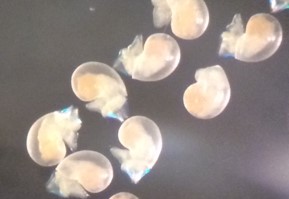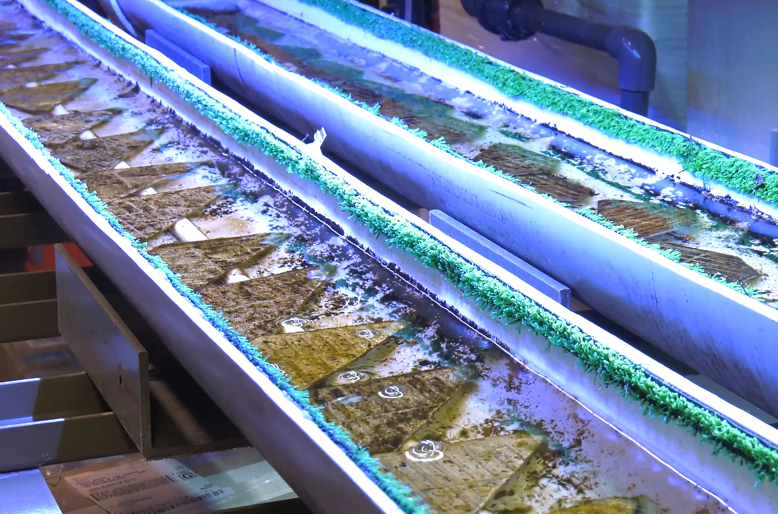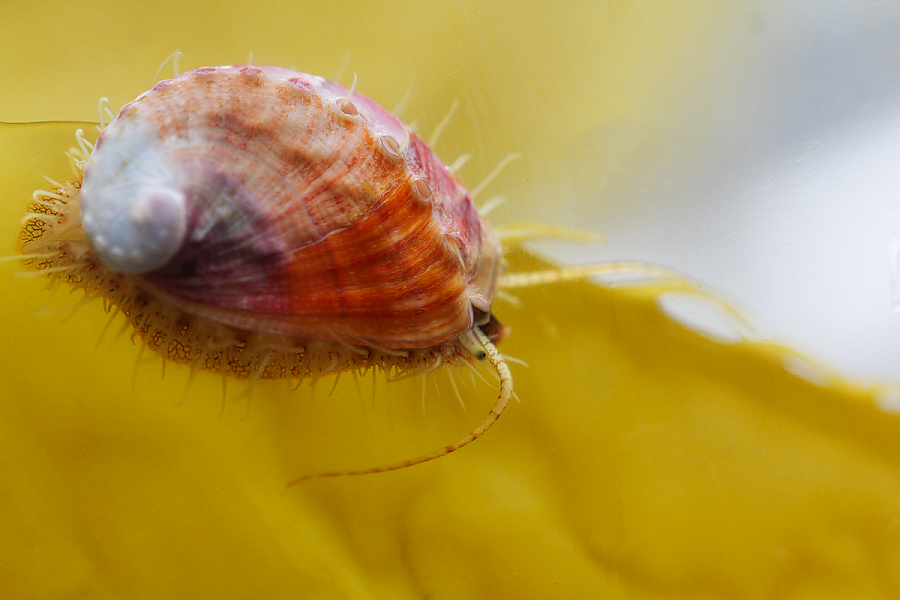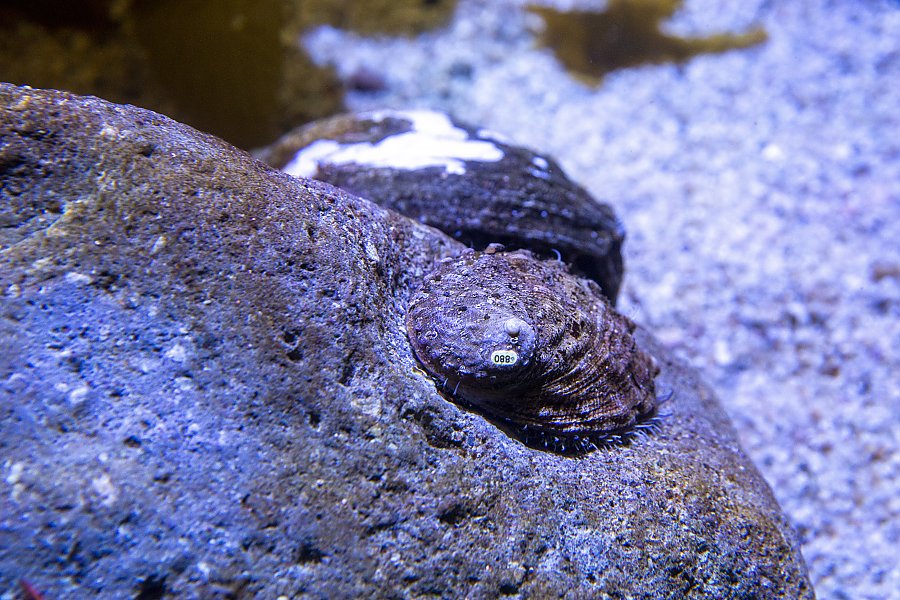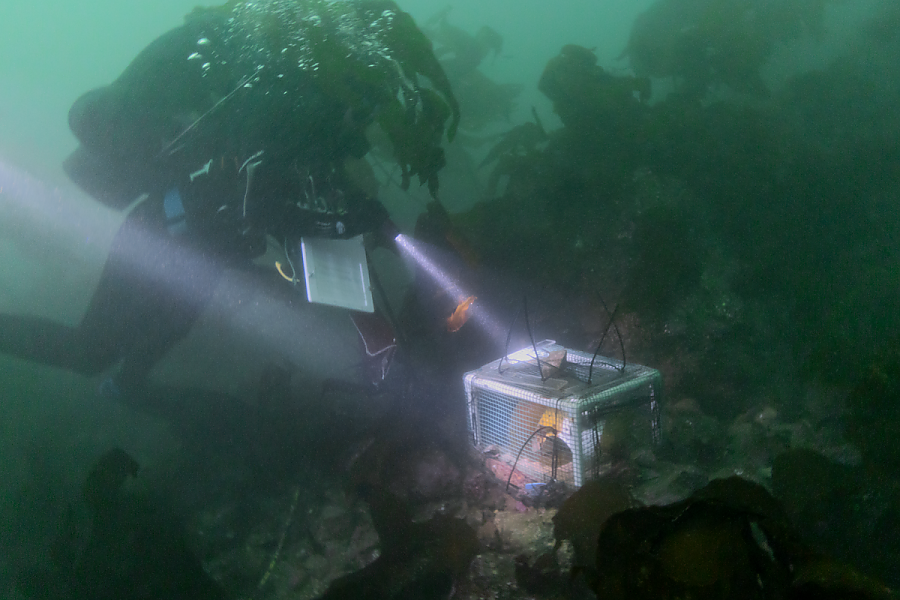Known as ecosystem architects, marine snails called abalone are hidden among the rocks of a kelp forest. Once abundant, white abalone (Haliotis sorenseni) populations were decimated by commercial fishing in the 1970s. These marine snails have been protected from fishing since 1997, and in 2001, they were the first marine invertebrate to gain protection under the Endangered Species Act. Even with those protections, the fragmented white abalone population have trouble breeding as the abalone need to be close enough for their annual spawning event to be successful.
The Aquarium of the Pacific has been committed to helping this endangered species since 2007, through breeding, rearing, releasing, and monitoring white abalone.
The National Oceanic and Atmospheric Administration (NOAA) created the White Abalone Recovery Program in 2014 after recognizing the need to step in to create a captive breeding and release program with a collection of twenty abalone from the wild. This program is a partnership between NOAA and various collaborators such as the Aquarium of the Pacific, the UC Davis Bodega Marine Laboratory, the Bay Foundation, Paua Marine Research Group, the California Department of Fish and Wildlife, and various other organizations.
By 2019, thousands of young abalone were reared and released at several sites off the coast of Southern California.
The hope is that with our continued work, white abalone will reach sustainable populations again. Until then, we can all help the white abalone by supporting a clean and diverse ocean while NOAA, the Aquarium, and the collaborators in the White Abalone Recovery Program work together to assess ongoing conservation efforts as well as plan future ones.
